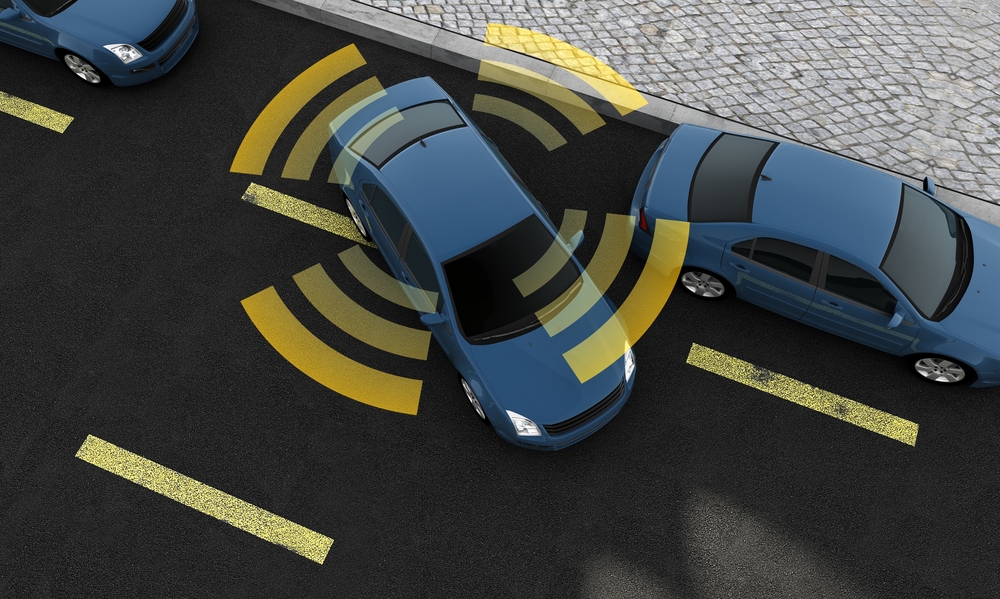The concept of self-driving cars is both intriguing and scary at the same time. In most cases, these vehicles will be controlled by a software-based artificial intelligence which still allows the human driver to take over. However, a new project is in development which allows the AI to take control of the car only when the human driver is about to make a mistake. This is quite an intriguing concept which deserves some further investigation.
Self-driving Car Guardian Angels Are Quite Impressive
A lot of drivers would feel a lot safer knowing something could take over the wheel in case of an emergency. This is especially true if the driver were to suffer from a physical or mental condition, including a heart attack, dizziness, or even just falling asleep behind the wheel. Knowing an AI solution would take over at that time could prove to be quite beneficial to drivers and everyone else around them. Thankfully, such a concept does exist, even though it is still in the very early stages of development.
To be more specific, a team of MIT researchers has been experimenting with a “self-driving car guardian angel.” More specifically, they equipped a car with electronics to gather sensory input from both within the vehicle and its surroundings. If needed, this software-based solution can assess potential risk and fully take over the vehicle. It can also prevent the human driver from pressing the gas or brakes at the wrong time.
This concept is referred to as “parallel autonomy,” where the human driver still remains in control of the vehicle itself. The car’s onboard computer will only take action if the human driver is about to make a critical mistake. One could argue this is very similar to how automatic emergency braking works already. This a good comparison, although the MIT researchers have taken that concept to a whole new level.
Autonomous cars have become all of the rage over the past few years, although most companies only explore the option of fully taking over the vehicle and giving the driver a way to regain control. This MIT experiment is clearly doing the opposite, which is well worth exploring further by other companies. Parallel autonomy could effectively help save lives, whereas the traditional autonomous car business model will make it more convenient to get from place A to place B.
Moreover, there is the question whether or not fully autonomous cars will ever be allowed on the road to begin with. Regulators are still on the fence on how they want to tackle the concept of autonomous vehicles right now. Moreover, Nissan admitted full autonomy is too hard to achieve. Instead, the company is considering to focus on letting their robotic vehicles call for help from the human driver when the AI can’t handle the current circumstances. This is somewhat along the same lines as parallel autonomy, but it is still quite different.
Ensuring people remain in control of their vehicle should keep drivers on their toes at all times. However, they will also have a fail safe solution if things were to go awry for some reason. This is not a concept people should abuse by any means, though, as parallel autonomy will not drive the vehicle on your behalf at all times by any means. However, the limited intervention of autonomy might be exactly what the automobile market is looking for.
If you liked this article, follow us on Twitter @themerklenews and make sure to subscribe to our newsletter to receive the latest bitcoin, cryptocurrency, and technology news.

